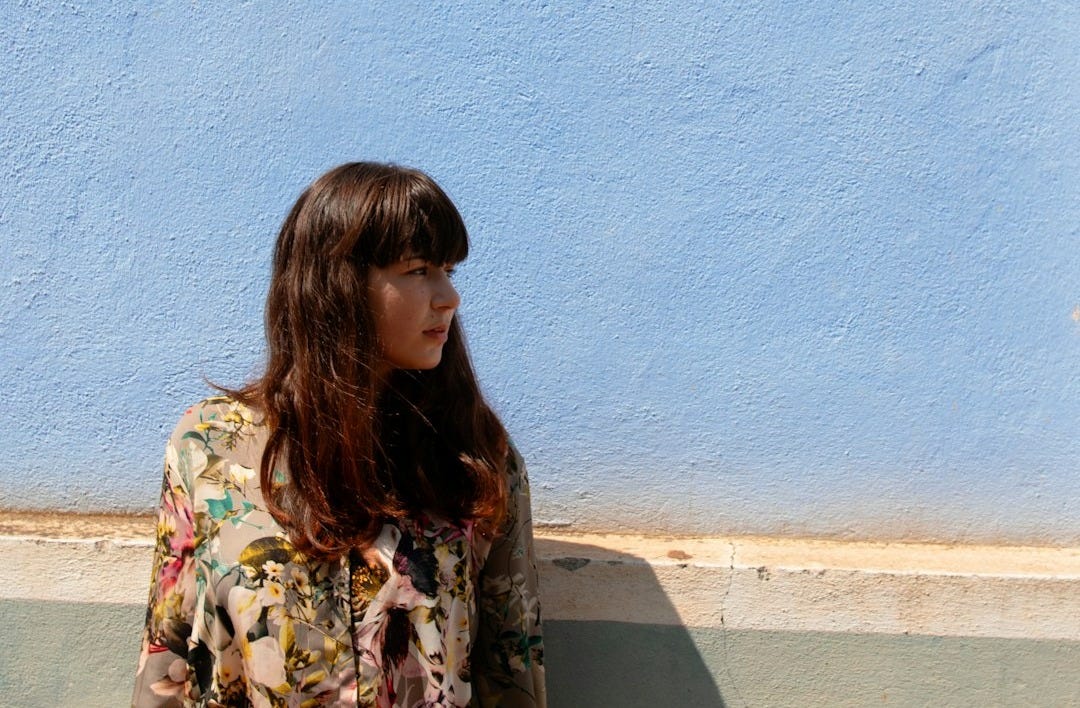Three-quarters of Spanish egg donors would be willing to meet donor-conceived children under certain conditions
"I helped someone have a child, but I am not its mother": egg donors' attitudes in Spain towards (improbable) contact with children conceived from their eggs. (Jociles, 2025)
Jociles Rubio, M. I., & Ayala Rubio, A. (2025). "I helped someone have a child, but I am not its mother": egg donors' attitudes in Spain towards (improbable) contact with children conceived from their eggs. Reproductive BioMedicine Online, doi: https://doi.org/10.1016/j.rbmo.2025.10487
Geographic Region: Spain
Research Question: What are the attitudes of egg donors in Spain towards potential contact with children conceived from their genetic material?
Design: Interviews conducted between 2016 and 2019. Participants were recruited through multiple channels, including fertility clinics, participant observation, online forums, and snowball sampling. Coding with independent classification by researchers and consensus-finding with an external researcher.
Sample: 38 egg donors recruited through fertility clinics, participant observation, online forums, and snowball sampling across multiple Spanish regions. The sample comprised 30 Spanish and 8 foreign-born donors from Colombia, Poland, Chile, Cape Verde, United States, Portugal, and Romania, with ages distributed as follows: 17 aged 18-25, 14 aged 26-33, 4 aged 34-41, and 5 aged 42-50. Most participants (30) were in couples, and 24 had no children of their own. Educational backgrounds varied, with 16 individuals having higher education, 17 having secondary education, and 5 having primary education. The donation experience ranged from 1 to 7 cycles, totaling 115 cycles collectively.
Key Findings
26% (10 donors) would not accept contact under any circumstances and would not have donated if anonymity were not available.
26% (10 donors) expressed a desire for contact and would have donated even without anonymity
47% (18 donors) would accept contact if initiated by children/families, but wouldn't seek it themselves
Most donors (74%) were willing to accept some form of contact despite the current anonymity system
Curiosity about physical and psychological resemblances motivates interest in contact, not desire for parental relationships
Donors subordinated their interests to intended parents and children, accepting limited agency in contact decisions
None mentioned direct-to-consumer DNA testing as potential contact method, showing limited awareness of technological threats to anonymity.
Limitations: Recruitment bias toward donors willing to discuss their donation experiences may have excluded those with more negative attitudes or greater reluctance to engage with the topic. The relatively small sample size of 38 donors may not be representative of all Spanish egg donors. Questions about retrospective removal of anonymity could have provided greater insight into donors' attitudes towards potential contact with individuals born from their eggs. The data was collected between 2016-2019, which means that findings may not reflect current attitudes, especially as public discourse around donor conception and anonymity continues to evolve in Spain and internationally.
Applications: Banks, clinics, and matching programs should inform donors that anonymity cannot be guaranteed due to DNA testing advances. Donor counseling protocol should address realistic possibilities of future contact and offer ongoing support for navigating contact.
Funding Source: Spanish Ministry of Economy and Research (2016-2019, ref. CSO2015-64551-C3-2-R)
Lead Author: María Isabel Jociles Rubio is a University Professor in the Anthropology and Social Psychology Department at Complutense University of Madrid, specializing in ethnographic research methodology, new family forms, and donor-assisted reproduction. She currently serves as Principal Investigator for the "Reproductive Governance in Spain" project. No personal connection to donor conception was disclosed.
Regulatory Context
Spain was one of the first countries to regulate donor conception, passing its initial legislation in 1988 with Law 35/1988. Current comprehensive legislation (Law 14/2006) came into effect in 2006, replacing earlier laws. Sperm, egg, and embryo donation are all permitted and regulated under the same legal framework.
The 6-child limit per donor was established in the original 1988 law, but was not realistically enforceable until the national donor registry (SIRHA) was implemented in 2017. The SIRHA registry uses unique donor codes and Single European Codes (SEC) to track all donations nationally. Once a donor reaches the 6-child limit, they are permanently excluded from further donations at any clinic.
Only altruistic gamete and embryo donation is allowed.
Same-sex female couples have access to all donor treatments and can use the ROPA method (Reception of Oocytes from Partner) where one partner provides eggs and the other carries the pregnancy. Single women have full access to donor conception treatments regardless of sexual orientation or marital status.
Donation is only allowed at authorized fertility clinics (over 300 nationwide). Private arrangements are not legal.
Anonymous donation is mandatory. All donors must remain completely anonymous to recipients and offspring. Identity disclosure is prohibited under all circumstances except life-threatening medical emergencies. The ROPA method for married female couples is the only exception allowing known donation.
Donor-conceived individuals can obtain general, non-identifying information about their donor when they reach age 18.
Parents are not legally required to disclose donor conception to children, and many choose not to.
Legal parentage is determined by birth (for the birth mother) and intention/consent (for partners).
Spain is a popular medical tourism destination for reproductive treatments with donor gametes.
Related Posts


Very interesting read, thank you! But isn‘t there a central donor registry in Spain? It‘s called Information System of Assisted Human Reproduction (SIRHA). Or did I misunderstand something (English is not my first language)?